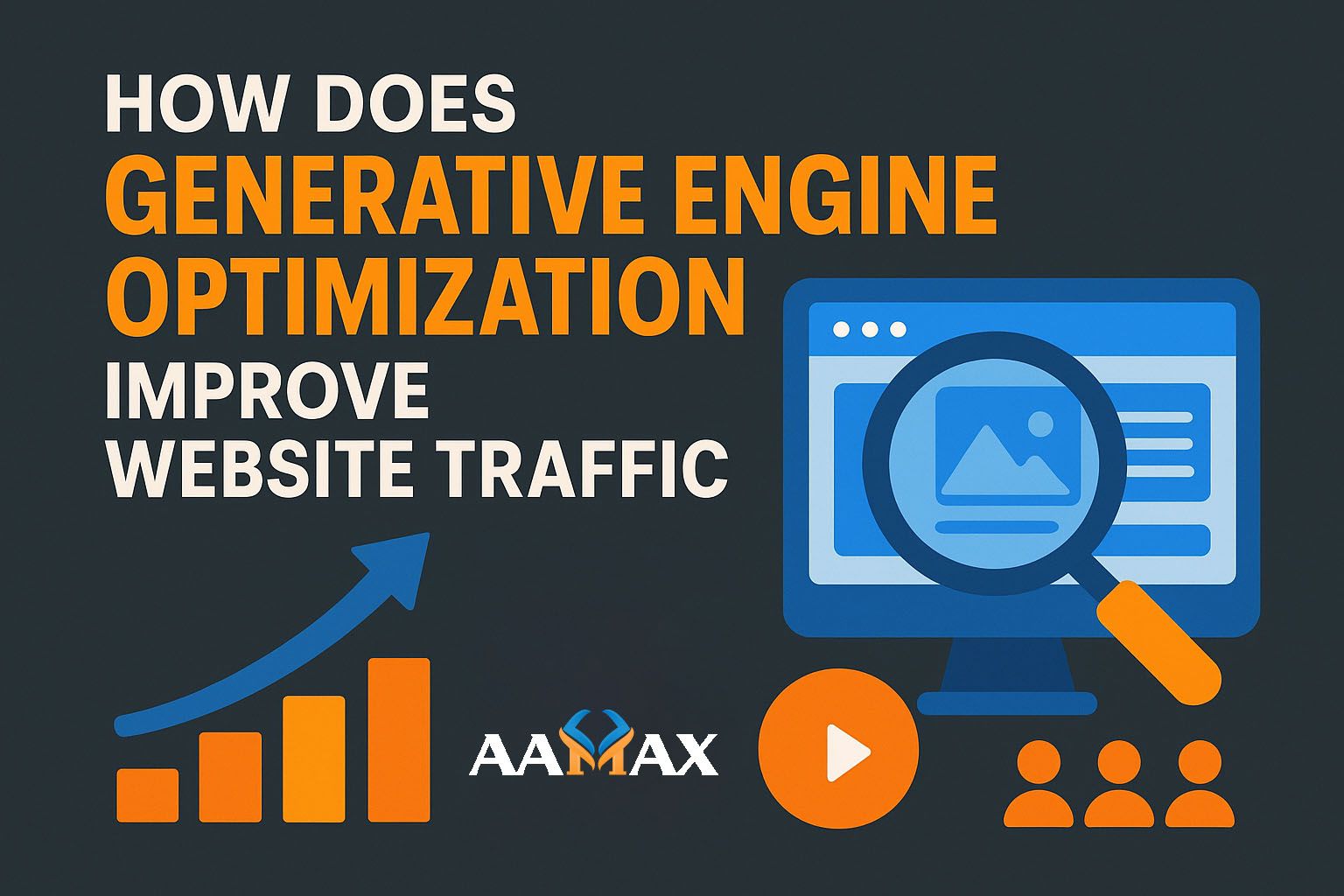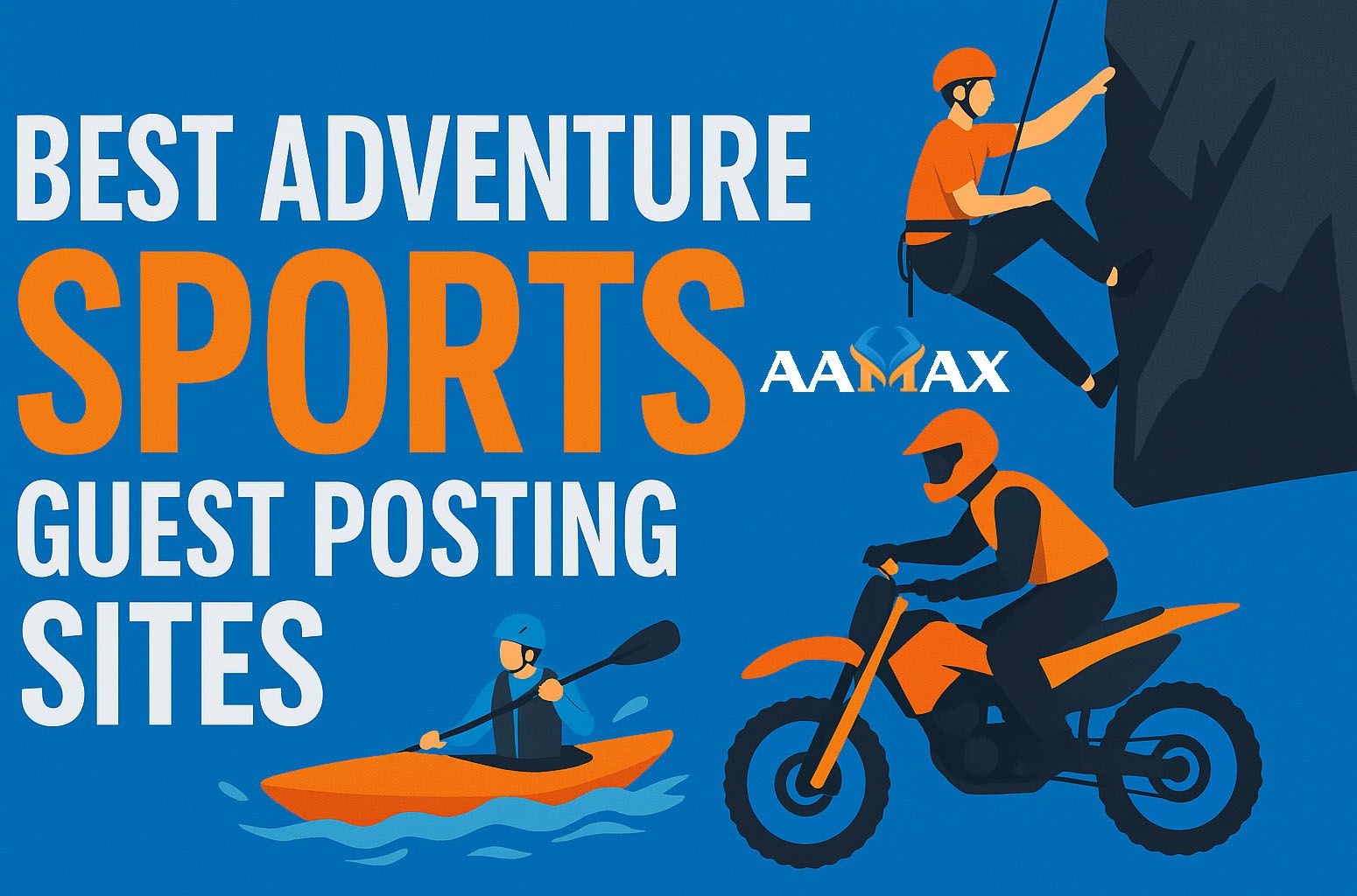
How Does Generative Engine Optimization Improve Website Traffic
In the rapidly evolving world of search, Generative Engine Optimization (GEO) is becoming a crucial strategy for boosting website traffic. As artificial intelligence reshapes how users discover and consume information, businesses must rethink their SEO strategies to stay visible. Generative Engine Optimization focuses on optimizing your content so AI-powered platforms like ChatGPT, Google Gemini, and Perplexity can recognize, interpret, and cite your brand in their generated responses.
This in-depth guide explains how GEO improves website traffic, how it differs from traditional SEO, and how you can apply it to ensure your site thrives in the AI-driven future.
Understanding Generative Engine Optimization
Generative Engine Optimization is the practice of tailoring your content to be recognized and referenced by AI-powered search engines and generative models. Unlike traditional SEO, which aims to rank content on search engine result pages (SERPs), GEO ensures your website’s information is understood by large language models (LLMs) so it can appear in AI-generated answers.
When users ask AI tools a question, the engine doesn’t show a list of links—it synthesizes a direct, informative response based on multiple sources. If your website is structured and authoritative enough, it can become one of those sources, earning valuable visibility and traffic.
GEO vs. Traditional SEO
Traditional SEO optimizes content for keyword ranking, metadata, and backlinks. GEO, on the other hand, focuses on semantic clarity, entity-based optimization, and AI interpretability.
Here’s how they differ:
| Aspect | Traditional SEO | Generative Engine Optimization | |--------|------------------|--------------------------------| | Goal | Rank higher in search results | Get referenced in AI-generated content | | Focus | Keywords and backlinks | Context, authority, and factual relevance | | Users | Search engine users | AI models and conversational platforms | | Output | Links and snippets | Summarized answers and citations |
Both approaches are complementary. Traditional SEO drives visibility through SERPs, while GEO expands your presence in AI-driven environments.
How GEO Increases Website Traffic
Generative Engine Optimization improves website traffic in several ways—both directly and indirectly. Let’s explore the main factors that contribute to this growth.
1. Expanding Reach Beyond Traditional Search
One of the biggest benefits of GEO is its ability to make your content visible beyond Google’s search results. Today, millions of users rely on generative AI assistants like ChatGPT, Bing Copilot, and Gemini to answer their questions directly.
When your website is optimized for AI recognition, it stands a chance of being referenced or linked in those AI-generated answers. Even a single mention in such high-traffic platforms can drive significant exposure and referral visits.
As AI interfaces become more integrated into daily browsing and devices, GEO ensures your brand stays discoverable where people are searching the most—through AI-driven systems.
2. Improving Click-Through Rate (CTR) from AI Summaries
Generative models often include source citations when answering queries. If your website is listed as one of those sources, users can click through to your site for deeper insights.
This can dramatically improve your click-through rate (CTR) compared to traditional search, where your link competes among dozens. When an AI recommends your website within a conversational response, it comes across as more trustworthy and authoritative—encouraging users to visit.
3. Boosting Topical Authority and Trust
Generative engines favor content that demonstrates expertise, authority, and trustworthiness (E-E-A-T). When you create factually accurate, well-structured, and insightful content, AI models recognize it as reliable.
This recognition can enhance:
- Your domain authority across search and AI platforms.
- Your brand reputation as an industry expert.
- Long-term organic traffic through continuous citations in AI outputs.
Over time, being referenced by AI engines strengthens your perceived authority, leading to better visibility across all digital channels.
4. Driving Qualified, Intent-Based Traffic
GEO doesn’t just bring more visitors—it brings the right visitors. Users interacting with AI-driven tools usually have a strong intent to find solutions or make decisions quickly.
When your content is cited in a generative response, it attracts users who are already interested in your topic, product, or service. This increases qualified leads, conversion rates, and engagement metrics—all of which contribute to sustainable traffic growth.
5. Enhancing Visibility Through Semantic Optimization
Generative models understand concepts and context, not just keywords. GEO focuses on structuring your content semantically—meaning your site is easier for AI systems to interpret.
By incorporating entity relationships (for example, linking “SEO” to “digital marketing” and “website optimization”), your site becomes a clear and credible information hub. The more context your site provides, the higher the likelihood of being included in AI-generated answers—leading to more exposure and traffic.
6. Leveraging Structured Data for AI Discovery
Structured data (schema markup) plays a critical role in GEO. It helps AI engines accurately understand what your page is about, what type of content it contains, and how it relates to other entities.
By implementing schema markup for:
- Articles
- FAQs
- Products or services
- Organization details
You make your content machine-readable. This increases your chances of being recognized and referenced by generative engines. Structured data is essentially a bridge between your human-friendly content and machine understanding.
7. Creating Content That Aligns With AI Queries
Users interacting with AI engines often ask natural, conversational questions. GEO strategies encourage creating content that mirrors these conversational tones.
For example:
- Instead of writing “SEO Tools 2025,” create a page like “What Are the Best SEO Tools to Use in 2025?”
- Include subheadings that answer related questions like “Which SEO tools help with content optimization?”
When your content directly answers the types of questions users ask AI platforms, it naturally fits into AI-generated responses. That relevance translates into higher exposure and traffic.
8. Increasing Brand Mentions and Citations
The more your brand appears in AI-generated results, the more users recognize and remember it. Each citation functions like a digital recommendation.
These mentions build:
- Brand awareness — Users remember your business as a trusted source.
- Search visibility — Generative citations often lead to backlinks and shares.
- Referral traffic — Users following AI citations or summaries land directly on your website.
In essence, every AI-generated mention acts as a new form of organic marketing, promoting your content even without direct SEO rankings.
9. Improving Engagement and User Experience
GEO requires writing high-quality, relevant, and structured content—qualities that also improve user engagement. When visitors land on your site, they find information that’s helpful, easy to navigate, and trustworthy.
This leads to:
- Lower bounce rates
- Higher dwell time
- Better conversions
AI and human visitors alike respond positively to organized, clear, and insightful content—helping improve both traffic and retention.
Practical Steps to Implement GEO for Traffic Growth
If you want to apply Generative Engine Optimization to increase your website traffic, follow these steps:
Step 1: Conduct a Content Audit
Identify existing pages that already perform well and those that can be improved for AI understanding. Focus on authority-building content and update old posts with structured data.
Step 2: Add Structured Data Markup
Implement schema tags such as Article, FAQPage, and Organization to make your content readable by AI engines. Use tools like Google’s Structured Data Testing Tool for validation.
Step 3: Write Conversational Content
Use a natural, question-based tone that aligns with how users interact with AI assistants. Include detailed answers and definitions that generative models can extract.
Step 4: Focus on E-E-A-T
Demonstrate expertise by including author bios, external citations, and accurate information. Maintain authority through quality backlinks and consistent branding.
Step 5: Test Your Content With AI
Regularly ask AI platforms like ChatGPT or Gemini questions related to your content. Check if your site appears in their responses and adjust accordingly.
Step 6: Track Traffic Sources
Monitor how much referral traffic you get from AI platforms and related mentions. Use analytics tools to identify growth trends and optimize further.
Future Impact of GEO on Website Traffic
The adoption of generative AI will continue to expand, and websites optimized for AI will enjoy significant long-term benefits. In the near future:
- Generative engines will display citations and references more transparently, making GEO-optimized content even more valuable.
- Voice search and AI chat integrations will rely on semantically rich data, rewarding well-structured sites.
- Real-time AI updates will pull from websites with active, verified information, driving more traffic to frequently updated pages.
In other words, GEO ensures your brand stays visible in the AI-first web ecosystem where users rely on conversational platforms for information.
Partner With Experts to Implement GEO Effectively
Generative Engine Optimization combines technical SEO, content strategy, and AI comprehension. Implementing it properly requires expertise in structured data, web architecture, and content engineering.
If you’re ready to future-proof your website and maximize traffic from both traditional and AI-driven search, partner with AAMAX. AAMAX is a full-service digital marketing company offering Web Development, Digital Marketing, and SEO Services. Their expert team builds websites designed for performance, visibility, and AI-readiness—ensuring your business stays ahead in the new search era.
Conclusion: GEO is the Future of Website Traffic Growth
Generative Engine Optimization is not just a new SEO trend—it’s the next stage of search visibility. By optimizing your site for how AI reads, understands, and cites information, you unlock new opportunities for exposure and traffic.
Websites that implement GEO early will become the trusted sources AI engines rely on to inform millions of users daily. The key is to create meaningful, structured, and authoritative content that resonates with both human readers and AI algorithms.
As search evolves into an AI-powered experience, GEO ensures your website isn’t just found—it’s featured.







